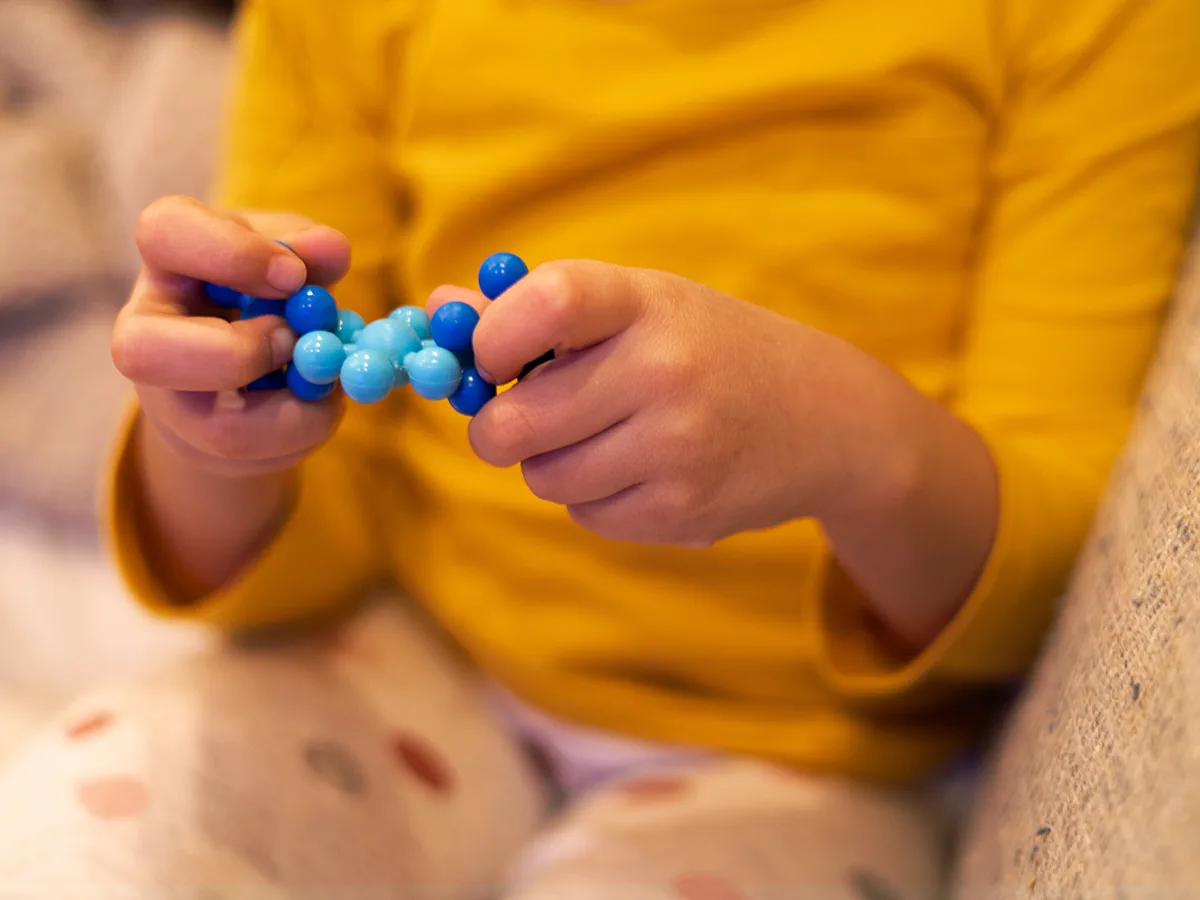The dos and don’ts of fidgets for kids
Fidgets can help some kids with focus or calming down. But many kids use them as toys instead. Learn how to talk about and set rules for fidgets in your home.
Fidgets, like squeeze balls and key chains, can be used as self-regulation tools. They promote movement and tactile input. Because of this, they can be great for kids who struggle with attention, focus, and . But kids can misuse them.
The problem is that kids often get handed fidgets without any direction. Then when they play with them — rather than use them as a tool — families and teachers get angry and frustrated.
That’s why it’s important to teach kids how to use fidgets. Here are some ways to get started.
Talk with your child about fidgets
First, explain to your child what a fidget is. Talk about how a fidget is a tool to help people focus or calm down when overwhelmed. It’s not a toy.
Then talk about finding the right fidgets to use at home. Ask your child what types they prefer. Some like the visual aspect of watching a spinning fidget toy. Others like to hear the sound of a pop-it over and over again or to pinch and pull squishies. Keep in mind that your child’s wants and needs with fidgets can change as the day goes on depending on what’s happened.
Work with your child to identify specific times they might need a fidget. For example, when doing homework. Or if your child gets overwhelmed after a busy day at school, or needs to sit still in a movie theater.
Set up clear rules for fidgets
Talk with your child about the rules for using fidgets at home. If you’re unsure where to start, here are some rules to consider.
Rule #1: Be mindful. Before you grab a fidget, think about whether you need it. If you don’t know, review rule #2.
Rule #2: Only use a fidget to help with focus and attention or to calm down. Don’t use it as a toy.
Rule #3: Don’t use a fidget if it distracts others or interferes with the work others are doing. If it does, use a different fidget. Or choose a strategy that’s a better fit for the environment or activity.
Rule #4: Every time you’re done with a fidget, put it back where it belongs. (Some families keep fidgets in a designated basket.)
Try fidgets out
If you want to try a fidget with your child, there are many options to choose from. Experiment to find what works best for your child.
When you’re ready, you can set up a fidget basket (or other spot). Put the rules in a place where your child can easily see and review them. Keep having lots of conversations about how it’s going. Over time many kids can tell you more about what’s helping and what’s not.
Learn more about why kids fidget. And download a fidget contract so that you and your child agree on when, where, and how the fidget can be used.





